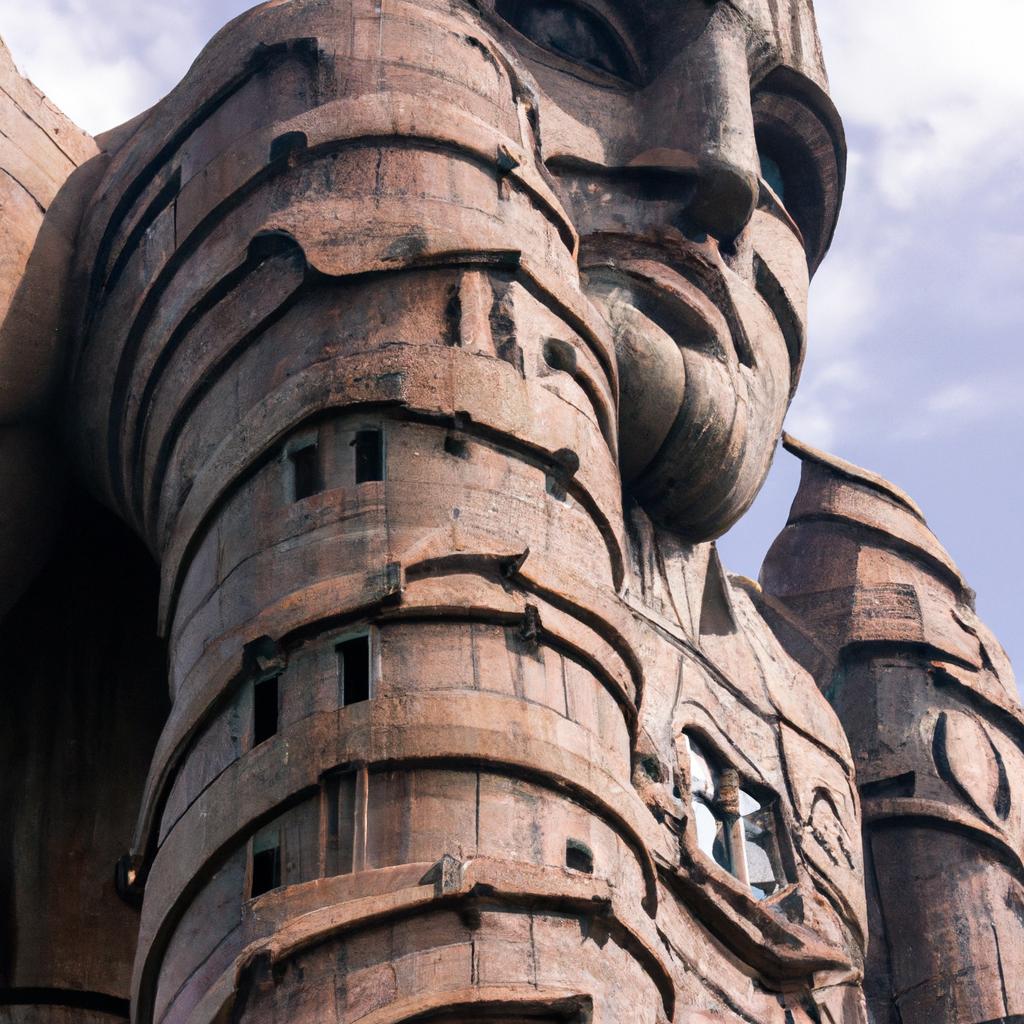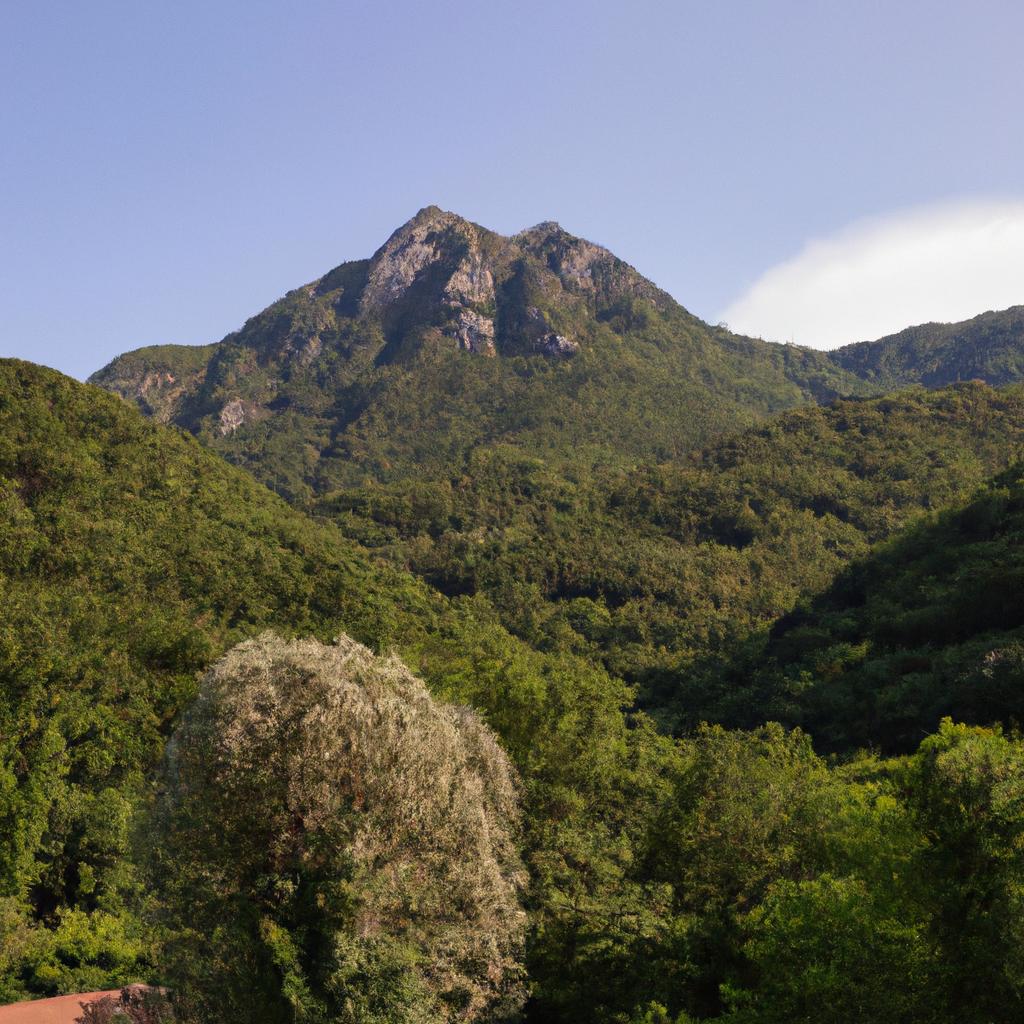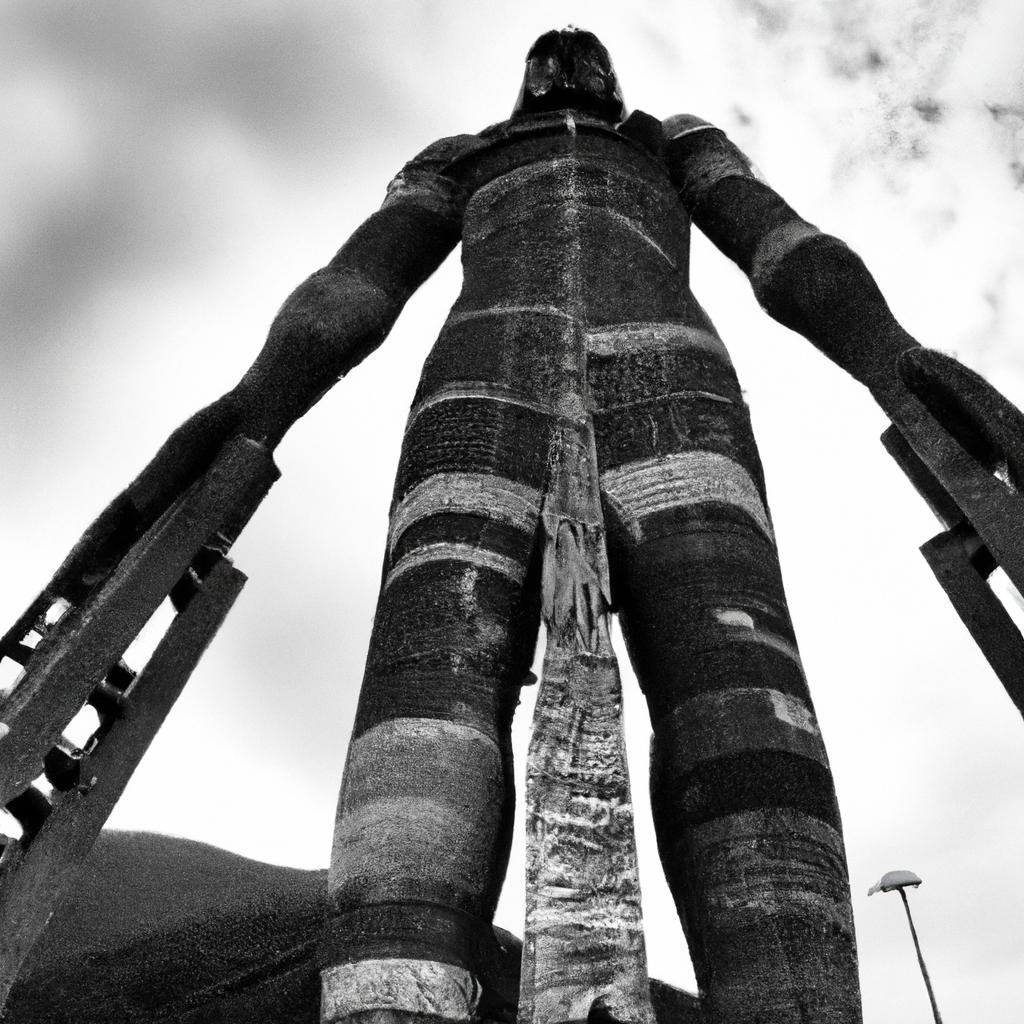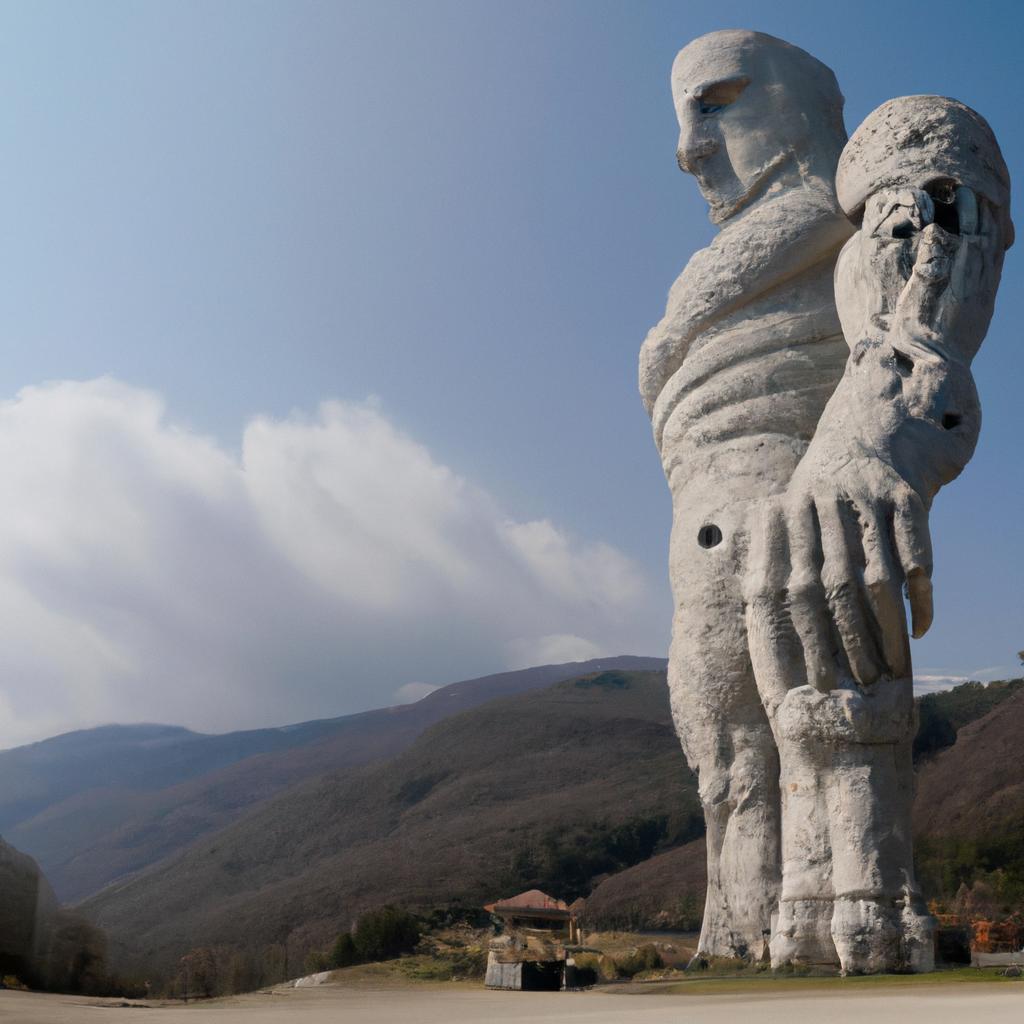Italy’s Renaissance period brought forth many remarkable works of art that continue to captivate visitors to this day. Among these treasures is the Appennine Colossus, a majestic sculpture located in the renowned Villa di Pratolino park. Created by the gifted Italian sculptor, Giambologna, this 35-foot-tall statue is a testament to the splendor of the Renaissance era. With its portrayal of a rugged, bearded figure reclining on a rock, the Appennine Colossus embodies the celebration of the human form that was at the core of Renaissance art.
A Glimpse into the Appennine Colossus

Giambologna’s craftsmanship shines through in the intricate details of the Appennine Colossus. The sculpture depicts a muscular man with flowing hair and a beard, exuding strength and masculinity. The masterful execution of the sculpture’s chiseled features brings an almost lifelike quality to the figure. The statue’s grandeur is enhanced by the gentle cascade of water flowing from the man’s chest, adding a touch of enchantment to its magnificence.
However, the Appennine Colossus is more than a work of art; it tells a captivating story. Symbolizing the power of nature and the significance of water in sustaining life, the statue represents the ruggedness of the Italian landscape. The flowing fountain emanating from the man’s chest signifies the role of water in nurturing and perpetuating life. In essence, the Appennine Colossus encapsulates the Renaissance’s profound appreciation for nature and humanism.
The Historical Context

Commissioned by Francesco I de’ Medici, the Grand Duke of Tuscany, in the late 16th century, the Appennine Colossus reflects the flourishing art and culture of the Renaissance. Giambologna, a Flemish sculptor renowned for his ability to capture the essence of the human form, was tasked with bringing this vision to life. Among the most prominent sculptors of his time, Giambologna created multiple masterpieces throughout his career, with the Appennine Colossus standing as one of his most significant works.
Originally situated in Villa di Pratolino, a picturesque park once enjoyed as a Medici summer retreat, the statue’s journey has been laden with challenges. Devastated during the Napoleonic Wars, the park was left in ruins, and the statue itself incurred damage. Subsequently, the Appennine Colossus underwent restoration and was eventually relocated to the Museo Nazionale del Bargello in Florence, where it remains a captivating sight for visitors.
Giambologna: The Artistic Genius

Giambologna’s craft as a sculptor was unparalleled during the Renaissance. His ability to breathe life into stone and capture the human form with astonishing realism made him a true artistic genius. Inspired by the Italian landscape and the indomitable influence of water, Giambologna sculpted the Appennine Colossus as a homage to nature’s grandeur. The statue, with its ruggedness mirroring the Italian terrain, and the water flowing from the man’s chest, holding the key to life’s sustenance, embodies the very essence of Renaissance humanism.
Employing traditional sculpting techniques such as carving and modeling, Giambologna meticulously shaped the overall form of the statue. Wax models were instrumental in creating detailed features, such as the folds in the man’s clothing and the texture of his skin. The monumental size of the Appennine Colossus necessitated its construction in separate pieces, ingeniously assembled using Giambologna’s piecing together technique, resembling an intricate puzzle taking shape.
Unveiling the Creation Process

A Timeline of Creation
The creation of the Appennine Colossus spanned several years, beginning in the late 1570s and finally coming to fruition in the early 1580s. Giambologna meticulously crafted individual sections of the statue, carefully joining them together to form the complete masterpiece. Upon completion, the Appennine Colossus found its place in the lush gardens of Villa di Pratolino, where it would captivate and inspire for centuries to come.
Artistic Inspiration and Techniques
The statuesque beauty of the Appennine Colossus owes its origins to Giambologna’s profound admiration for the Italian landscape and the vital role of water in sustaining life. This inspiration is vividly embodied in the ruggedness of the statue and the flowing fountain emerging from the man’s chest, symbolizing nature’s life-giving force.
Giambologna employed a range of techniques in sculpting the Appennine Colossus. From traditional methods like carving and modeling to the intricate details brought to life using wax models, his artistic innovation knew no bounds. The piecing together technique, utilized to assemble the statue’s distinct parts, enabled the realization of a sculpture that surpassed the size and complexity achievable through conventional means. This technique granted Giambologna the artistic freedom to adjust individual components as needed, resulting in a harmonious masterpiece.
The Significance of the Appennine Colossus
Cultural and Historical Importance
The Appennine Colossus stands as a testament to the cultural and historical significance of Renaissance Italy. Reflecting the Renaissance’s celebration of nature and humanism, the statue’s rugged allure echoes the captivating Italian landscape, while the flowing water represents the vital essence of life. Its enduring influence on subsequent artistic endeavors demonstrates the profound impact of the Appennine Colossus on the world of art and sculpture.
Attraction and Tourism
The Appennine Colossus has long been a magnet for tourists from around the globe. Its sheer beauty and grandeur leave visitors in awe, making it an unmissable sight for those exploring Florence. Furthermore, the statue’s prominence in the artistic realm adds to its appeal, cementing its status as a cultural treasure that draws countless admirers to Italy.
Restoration and Conservation Efforts
Preserving the Appennine Colossus has been a labor of love, with several restoration and conservation endeavors undertaken over the years. Damaged during the Napoleonic Wars, the statue required extensive restoration efforts to reclaim its original magnificence. Restorers faced numerous challenges, given the statue’s size, complexity, and exposure to weather and pollution. However, the combination of laser technology for cleaning, traditional sculpting techniques for repair, and chromatic reintegration to restore its original color resulted in the Appennine Colossus reclaiming its rightful place as a beacon of Renaissance art.
These preservation efforts play a vital role in safeguarding the Appennine Colossus for future generations to appreciate and enjoy. By protecting the statue from deterioration, conservation efforts ensure that this masterpiece remains a testament to Italy’s rich cultural heritage.
Celebrating the Appennine Colossus
The Appennine Colossus, with its commanding presence and artistic splendor, continues to capture the imagination of all who encounter it. Giambologna’s creativity and craftsmanship are brilliantly showcased in this Renaissance masterpiece. Its enduring legacy and cultural significance inspire us to cherish and protect our artistic heritage for future generations to cherish.
In the spirit of sharing the beauty of Italy’s cultural treasures, TooLacks is proud to present the captivating story of the Appennine Colossus. Discover more about this magnificent sculpture and embark on an enchanting journey into the heart of Renaissance art by visiting TooLacks.



